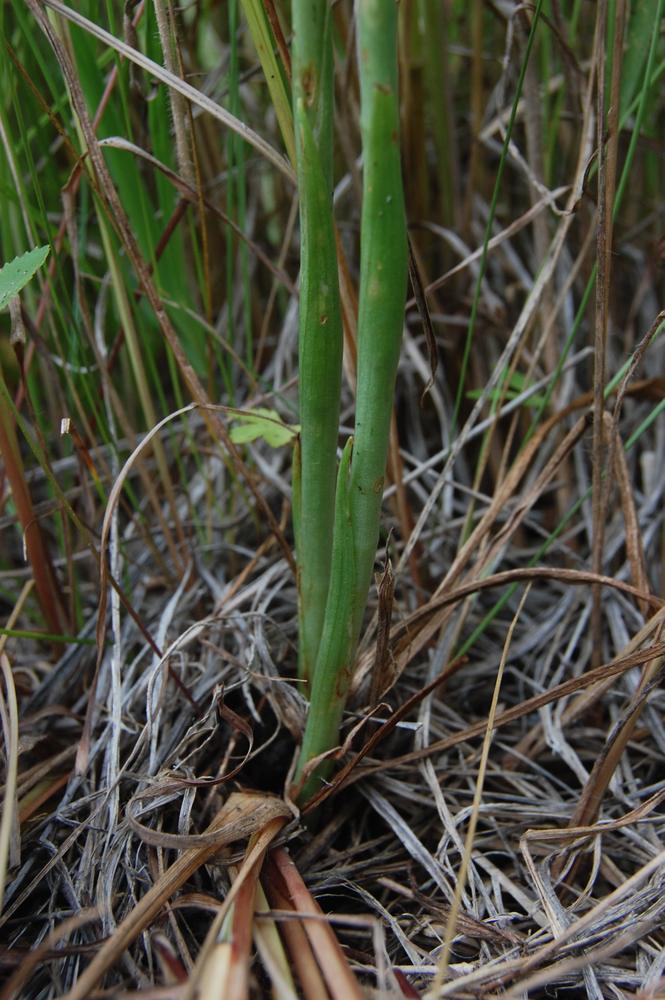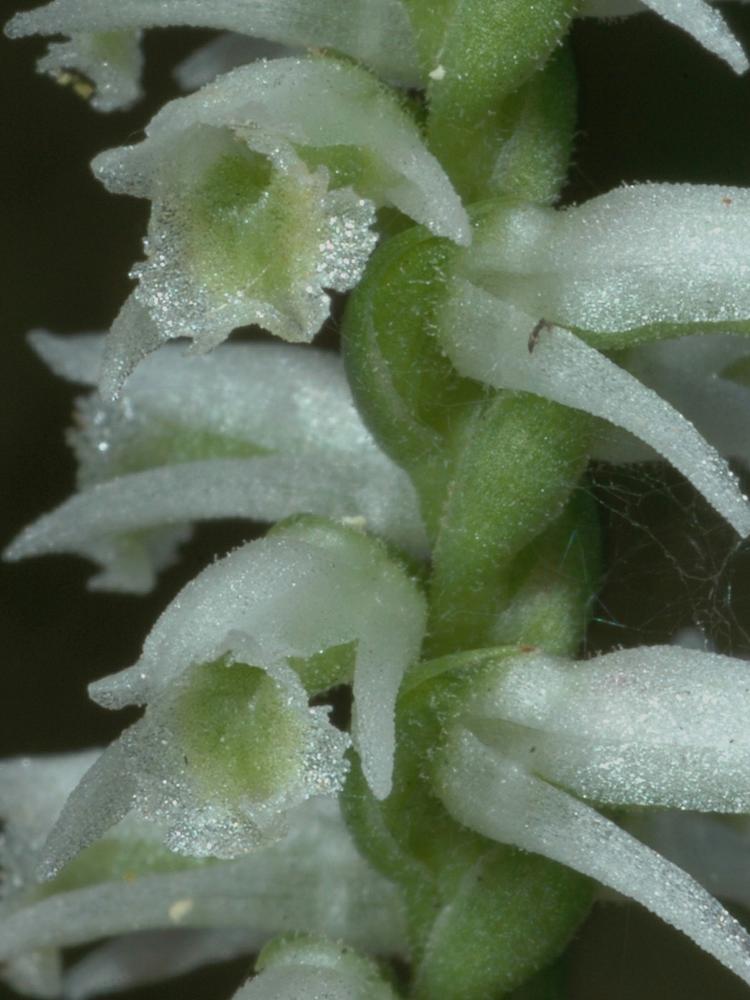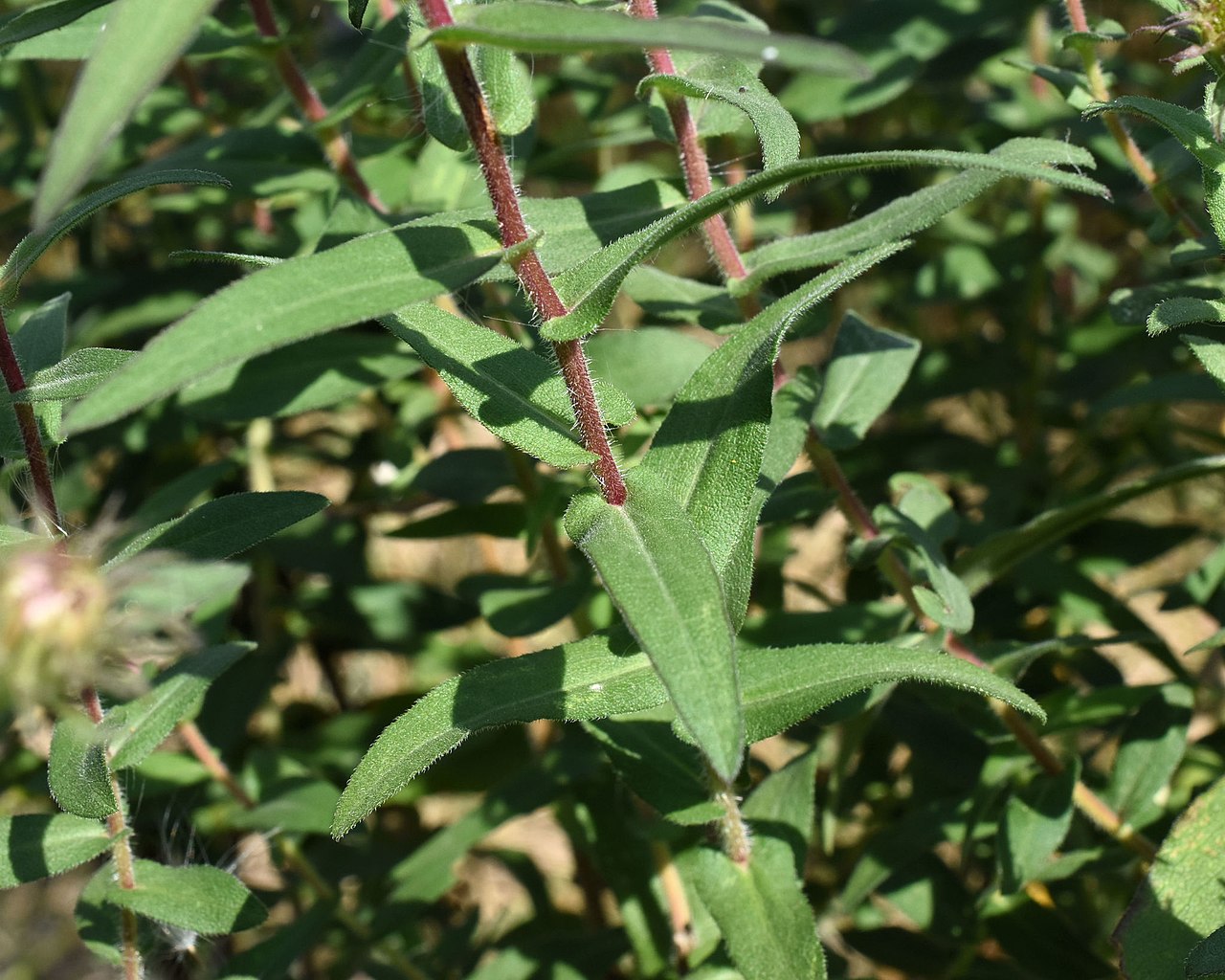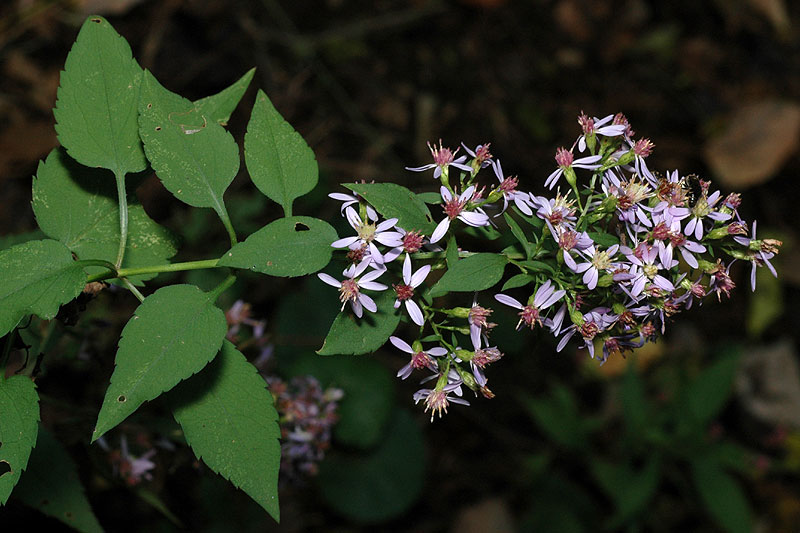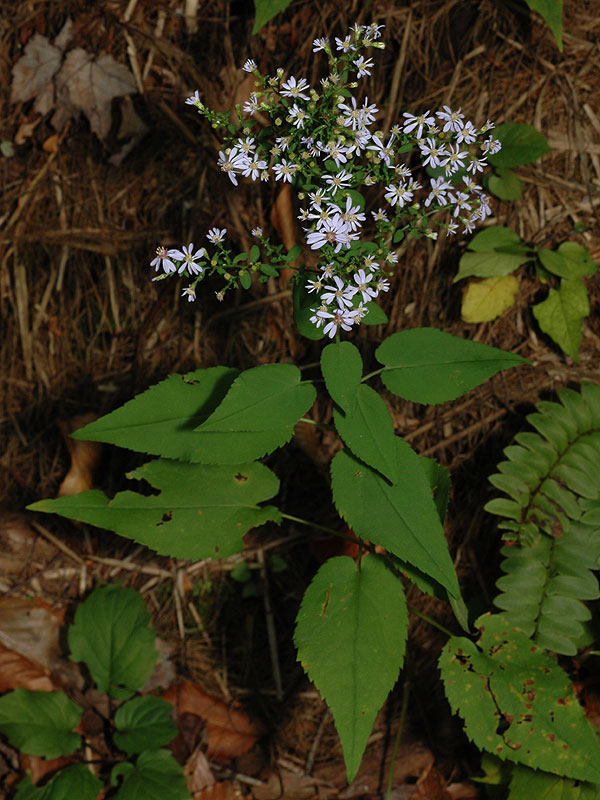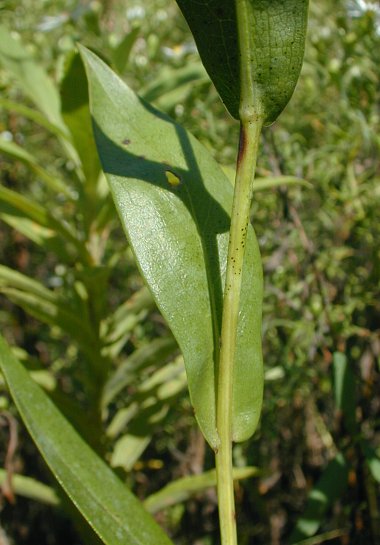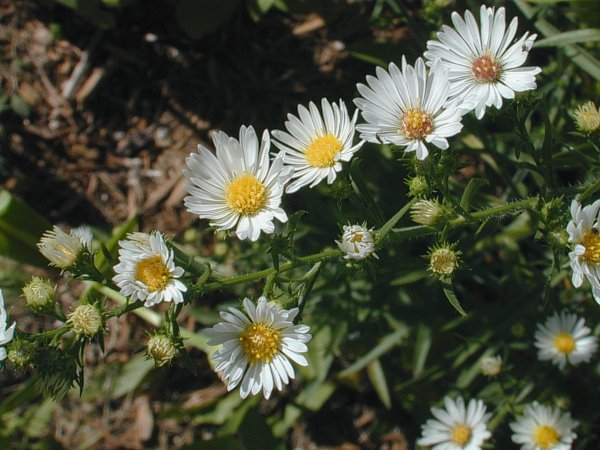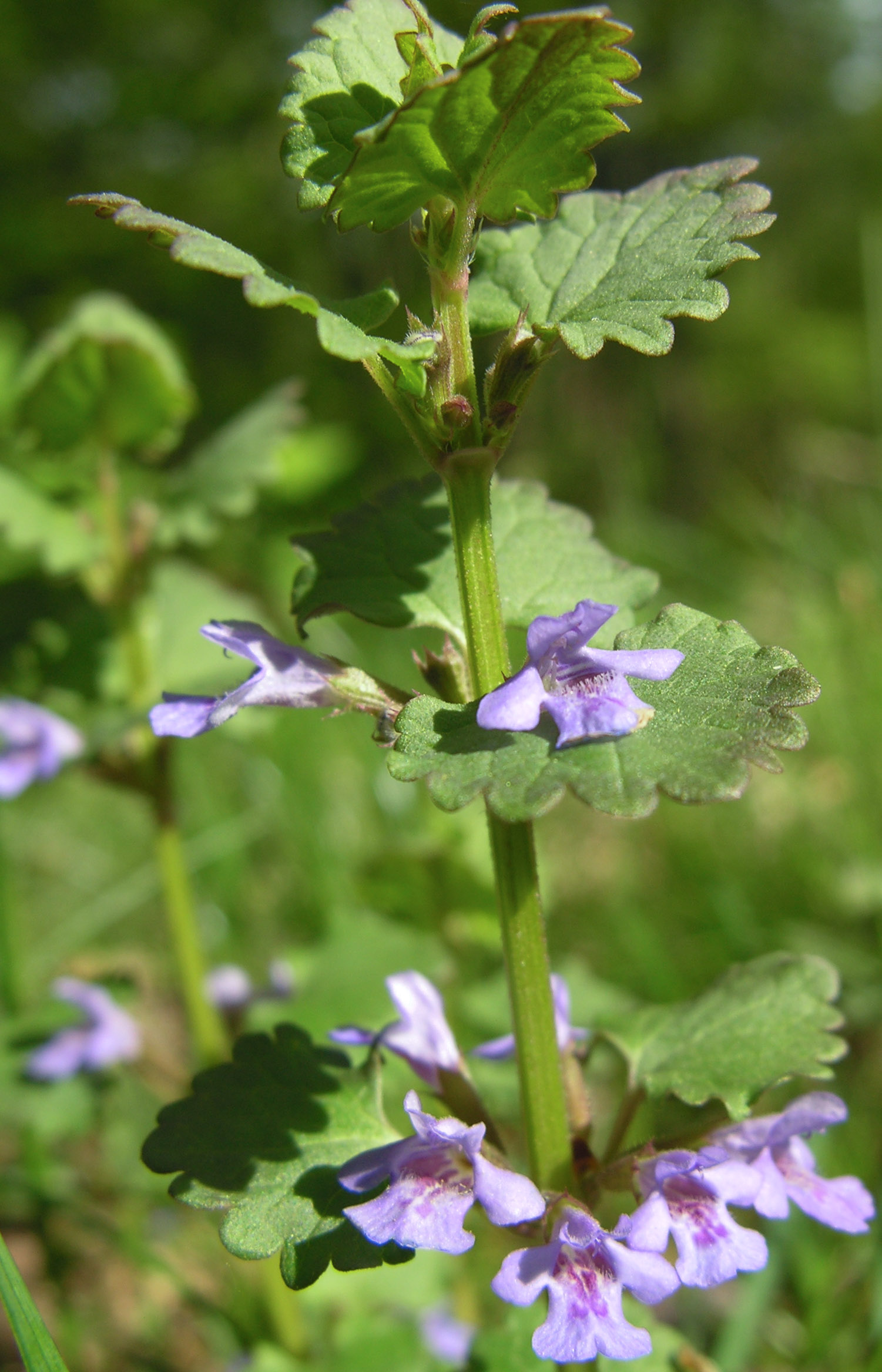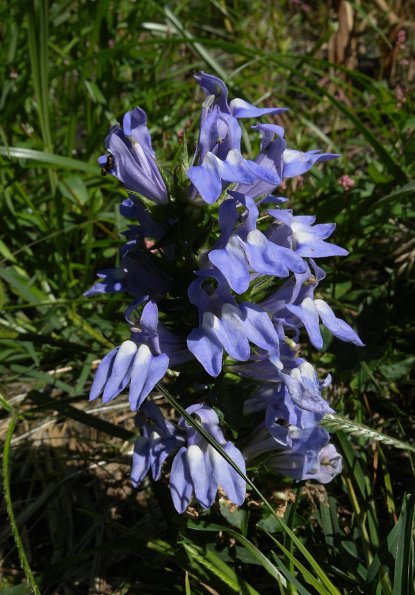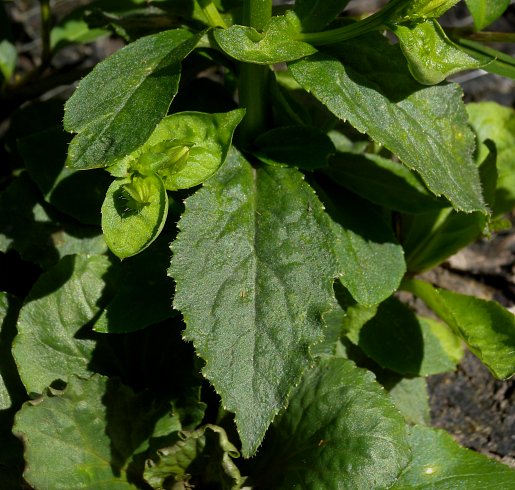The Cosmic Law Between Travelers and Beggartick Seeds
Hey there iNatters and welcome to beggartick week! Around this time of year, Ohio becomes a sea of yellow and we would be remiss not to mention some of our least favorite golden nuggets: Beggarticks (also known and Spanish needles and bur marigolds).
While these blooms are brilliantly bright, we might think of their seeds as annoying atrocities. Beggarticks form seeds called achenes, which are dry fruits containing only one seed. Achenes are cool and all, but beggartick achenes sport 2-4 barbs that help the seed latch onto any passerby that brushes against it. Has anyone ever been on a late summer/early fall hike and gotten back to your car or house and discovered a bunch of small seeds stuck to your socks? Yea, those are probably beggartick seeds.
A wise person once told me, you can’t always change the situation you’re in, but what you can change is how you choose to react to it. So, we can choose to pluck those seeds off in annoyance and chuck them as far away as humanly possible. Or, we can smile and realize that we are acting out a cosmic law between plants and animals. Just as bees and butterflies suppose they are minding their own business as they gather pollen and nectar, so too have we galivanted among the wildflowers and been unknowingly tasked with spreading their seeds. So, next time you’re plucking those achenes off your socks, imagine yourself in line with our dutiful Ohio pollinators making the next generation of wildflowers possible.
A total of 9 beggartick species live throughout Ohio. Beggarticks are members of the Bidens genus, which is divided into two groups: those with showy flowers and those with inconspicuous flowers. In this journal post, we’ll talk about Ohio’s five most abundant beggarticks: Devil’s beggartick (B. frondosa), tickseed beggarticks (B.aristosa), nodding beggarticks (B. cernua), marsh tickseed (B. trichosperma), and purplestem beggarticks (B. connata). This week, I will keep identification remarks short and simply link you to Jonh Hilty’s Illinois Wildflower Guide and other similar webpages, which contain plenty of helpful identification information! As always, I will also be referring to my handy Newcomb’s Wildflower Guide
Devil’s beggartick (B. frondosa): https://www.illinoiswildflowers.info/wetland/plants/cm_beggarticks.htm
This is Ohio’s most abundant beggartick flower. Devil’s beggarticks do not display a showy flower. They often have hairy, purplish stems with compound leaves with 3-5 lanceolate leaflets.

Credit: Ernie Marx, courtesy Eastern Colorado Wildflowers
Tickseed beggarticks (B.aristosa): https://plants.ces.ncsu.edu/plants/bidens-aristosa/
Tickseed beggarticks have showy flowers with hairy, bright purple stems. Tickseed beggartick leaves are also compound, but its leaflets are often pinnate or bipinnate (meaning they are can be further lobed or subdivided).

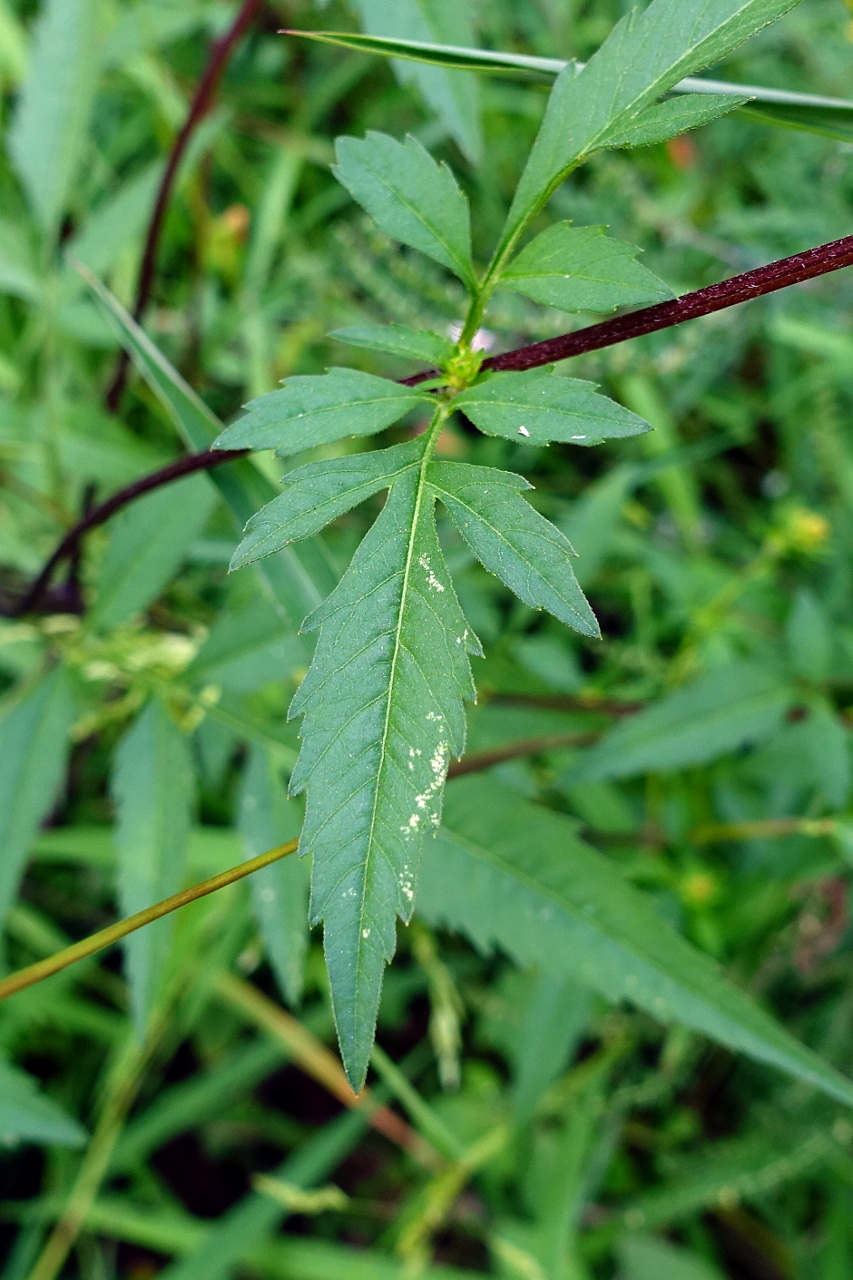
Credit: Famartin, courtesy Wikimedia Commons, and Peter Friedman
Nodding beggarticks (B. cernua): https://www.illinoiswildflowers.info/wetland/plants/bur_marigold.htm
This Bidens has a showy, nodding flower. Nodding beggarticks have purplish stems with sessile, oppositely attached, lanceolate-ovate leaves with lightly toothed margins. As the fall season fades, nodding beggarticks leaves often become tinged with purple.
Credit: G.D. Bebeau
Marsh tickseed (B. trichosperma): https://www.minnesotawildflowers.info/flower/crowned-beggarticks
The marsh tickseed is a showy Bidens flower that is easily mixed up with Bidens aristosa. The most noticeable difference between the two are their flower bracts: B. aristosa has outwardly-curled bracts, while B. trichosperma has straight, blunt-tipped bracts.



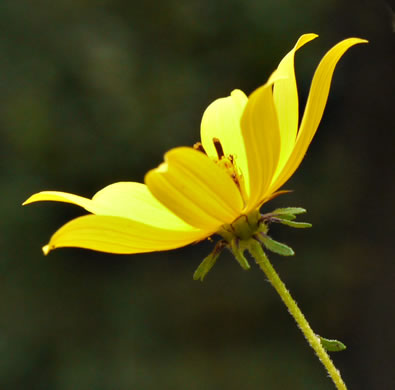
Left to right: B. trichosperma plant, B. trichosperma leaves, B. trichosperma flower bracts, and B. aristosa flower bracts.
Credit: Peter M. Dzuik, Katy Chayka (x2), and JK Marlow
Purplestem beggarticks (B. connata): https://www.illinoiswildflowers.info/wetland/plants/ps_tickseed.html
Purplestem beggarticks do not have showy flowers. This Bidens plant will have a hairless, light green to purplish stem. The leaves on B. connata are lanceolate and sometimes have one or two lobes near the base.
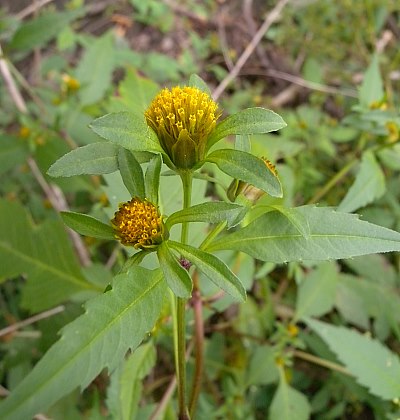
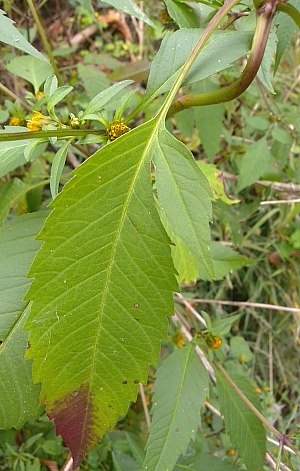
Credit: John Hilty, courtesy of Illinois Wildflowers (x2)
Hopefully this post and its resources are helpful on your achene-filled hikes these next few weeks! Keep on keeping on iNatters!





